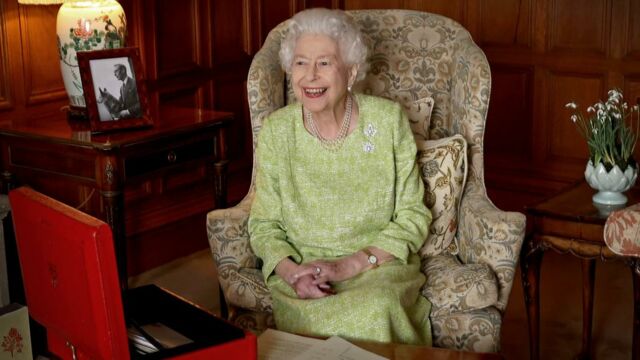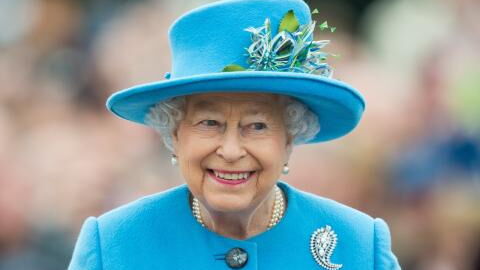Elizabeth II has just passed away and the long-planned protocol for her death is being put into action. With an enigmatic code name, which sounds like a military code name: ‘London bridge is down’. This has already been revealed by The Guardian. We reveal its contents.
Discover our latest podcast
Who is responsible for initiating the protocol?
The plan for the Queen's death dates back to the 1960s. It has been revised many times throughout Elizabeth II's reign, involving more and more people. It provides for the Queen's death to be confirmed by her personal physician, Professor Huw Thomas, who then decides what information should be made public about the circumstances of her death.
It is then up to the Queen's Private Secretary to take over. Sir Christopher Geidt is responsible for transmitting the information via a secure line to the British Prime Minister. He is to be woken up if necessary, with the code ‘London Bridge is down’.
After this call, 15 governments outside the UK, where the Queen of England is also the head of state, are to be alerted, as well as the Commonwealth nations. It is then up to the media, and therefore the general public, to receive the information.
Which media should be the first to know?
The BBC should not be the first channel to be notified of the Queen's death. This is a big change, as The Guardian reports:
For many years, the BBC was notified of royal deaths first, but its monopoly on broadcasting has disappeared.
The protocol is that the Press Association news agency and all other world news services should be alerted immediately. A valet in mourning dress is to stand at the gates of Buckingham Palace, announcing to passers-by that the Sovereign has died.
This heralds the start of a period of mourning which is expected to last 10 days. The Buckingham Palace website should then display a similar message on a black background, similar to the one displayed last year when Prince Philip died.
What will the funeral of the Queen of England look like?
The protocol for the death of Elizabeth II also includes a section on the conduct of the Queen's funeral. The funerals of all the main members of the Royal Family (the Queen, Prince Philip, Prince Charles and anyone else connected with the succession to the throne) are planned years in advance.
It is worth noting that when Lady Diana died in 1997, her funeral was not planned because of her young age. But also because she was no longer officially part of the Royal Family after her divorce from Prince Charles a year earlier. In the end, the family was inspired by the protocol of the Queen Mother's funeral.
The Queen of England will have a state funeral, not a public one. According to The Economist, there will be only one difference between the two types of funerals:
The car used in the military procession preceding the state funeral is guided by Royal Navy sailors.
Four days after her death, Elizabeth II will be laid to rest in Westminster Hall so that the public can pay their respects. She will remain there until the ninth day after her death, which will mark the day of her funeral. On that day, a procession from Buckingham Palace to Westminster Abbey will take place. The planned route will accommodate at least one million people.
The funeral service will be led by the Archbishop of Canterbury, who also married Kate and William and Meghan and Harry. The Royal Family, politicians and heads of state from around the world will attend.
On the day of the funeral, the majority of the country's employees will be given a day off to mourn their sovereign. Shops will remain closed and the stock exchange will not open. The Queen will then be buried in the Memorial Chapel of the Royal Cemetery. Prince Philip, who is currently buried in the royal vault in Frogmore Gardens, will be moved to lie with his wife.
Who will succeed Queen Elizabeth II?
According to the order of succession, her eldest son Charles will take the throne. He is expected to make his first address as head of state on the evening of his mother's death. At 11 am the next day, the flags will be raised and he will be proclaimed King of England. However, the coronation ceremony will not take place until a few days later.
The Guardian reports that the genealogist Thomas Woodcock will make the official announcement from the balcony of St James's. He will thus make his first pronouncement of the proclamation. This will be the first time he has used the term 'King Charles III' if he chooses that to be his regal name.
After Charles' reign, the line of succession will follow chronologically and Prince William, Prince Charles' eldest child, will become King.
This article was translated from Oh!MyMag FR.
Read more:
⋙ The Queen's death: What will happen in the first hours of her passing has been revealed
⋙ Queen Consort: Why was Camilla named Queen Consort and not Queen?
⋙ Queen Elizabeth II has died, the longest reigning monarch in British history















